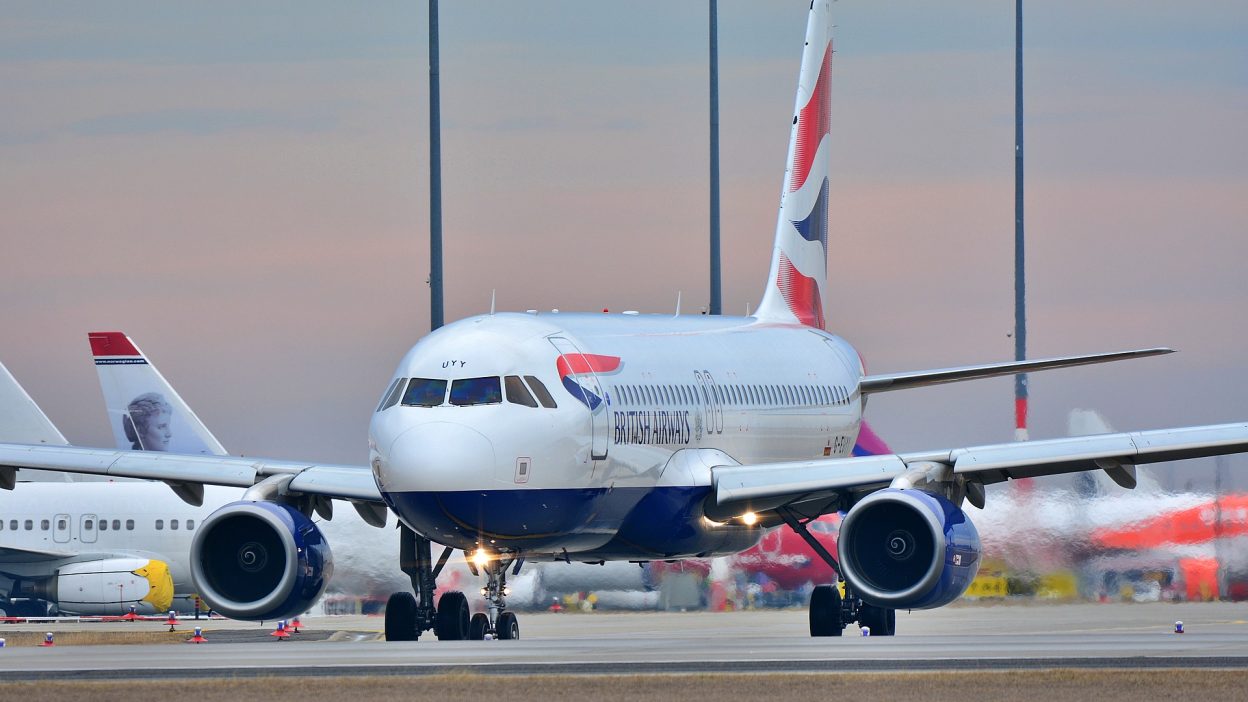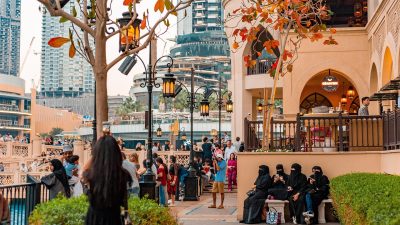Flying today is the fastest way to travel, but it’s not always the most comfortable. However, there was a time when air travel was a luxury experience—featuring spacious seats, gourmet dining, and even onboard pianos. But what changed? Why did airlines shift from comfort to efficiency?
The journey of aviation, from the Wright brothers’ first flight to modern jet airliners, is a tale of technological advancement, economic shifts, and changing passenger expectations. Let’s explore how air travel has evolved over the years.
The Early Days of Air Travel
The first successful powered flight was achieved in 1903 by the Wright brothers with the Wright Flyer. However, commercial air travel began in 1914 with the Model 14 Benoist airboat, which significantly reduced travel time between St. Petersburg and Tampa, Florida. While this biplane was small and basic, it marked the beginning of a new era in transportation.
The Golden Age of Air Travel (1950s-1960s)
The 1950s are often regarded as the Golden Age of Air Travel, where flying was a luxurious and exclusive experience. Aircraft like the Douglas DC-6 represented this era of elegance. Here’s what set flying apart in those days:
- Spacious Seating: Unlike modern airliners that maximise seating capacity, early aircraft provided large, comfortable seats with generous legroom. Many seats could fully recline into beds, making long-haul travel more comfortable.
- Fine Dining: Forget today’s limited meal options—back then, passengers could order rib-eye steaks, smoked salmon, and gourmet dishes, all served on real china plates.
- Personalised Service: Flight attendants, known as stewardesses, were more focused on hospitality and entertainment rather than just safety.
- No Security or Restrictions: Passengers could walk around freely, even during the flight. Kids could run through the aisles without restrictions.
However, this luxury came at a cost. Airfare was extremely expensive, with domestic flights often costing a month’s wages, making air travel accessible only to the wealthy.
The Shift to Modern Air Travel
As demand for air travel increased, airlines needed to accommodate more passengers while keeping prices affordable. This led to several major changes:
1. The Introduction of Economy Class
By the mid-1950s, airlines introduced economy class to make flying more affordable. This meant smaller seats, reduced legroom, and fewer premium services, but it allowed more people to experience air travel.
2. Jet Engines Revolutionised Flying
Older planes used piston-powered engines, limiting their speed and altitude. The Douglas DC-6, for example, had a maximum speed of 360 mph and flew at 20,000 feet. Modern jet airliners, like the Airbus A320, fly at around 480 mph and reach 39,000 feet, making flights faster and smoother.
Higher altitudes also meant less turbulence, leading to a safer and more comfortable flying experience.
3. Safety Became a Priority
While early flights prioritised luxury, safety measures were minimal. For example:
- Seatbelts were not mandatory, even during takeoff and landing.
- Turbulence often threw passengers around due to the lack of safety regulations.
- Older planes had square windows, which caused accidents due to pressure imbalances. Engineers later redesigned them with rounded edges to prevent structural failures.
- Modern seats are built for shock absorption and impact resistance, significantly improving passenger safety.
4. The Rise of In-Flight Entertainment
Gone are the days when reading a book or socialising were the only entertainment options. Today’s flights offer:
- Personal screens with movies, TV shows, and games.
- Wi-Fi connectivity and airline apps for streaming.
- Onboard shopping for duty-free products.
Long-Haul Travel Then vs Now
In the past, long-haul flights required multiple layovers for refuelling and maintenance. For example, in 1947, Qantas’ Sydney-to-London route took four days with six stops, including overnight stays.
Today, direct flights are common, with Qantas now offering a 17-hour non-stop flight from Perth to London, significantly reducing travel time.
The Rise and Fall of Airships
Before airplanes dominated the skies, airships were a popular form of air travel. The Hindenburg, built in 1936, was 804 feet long and could carry 72 passengers. While they were slow, airships were luxurious and spacious.
However, the Hindenburg disaster in 1937, where a hydrogen-filled airship caught fire and exploded, marked the end of commercial airship travel. Interestingly, there are now plans to revive airships for luxury tourism. A new airship, set to launch in the next few years, will take 100 passengers on a North Pole expedition—this time using helium instead of hydrogen for safety.




